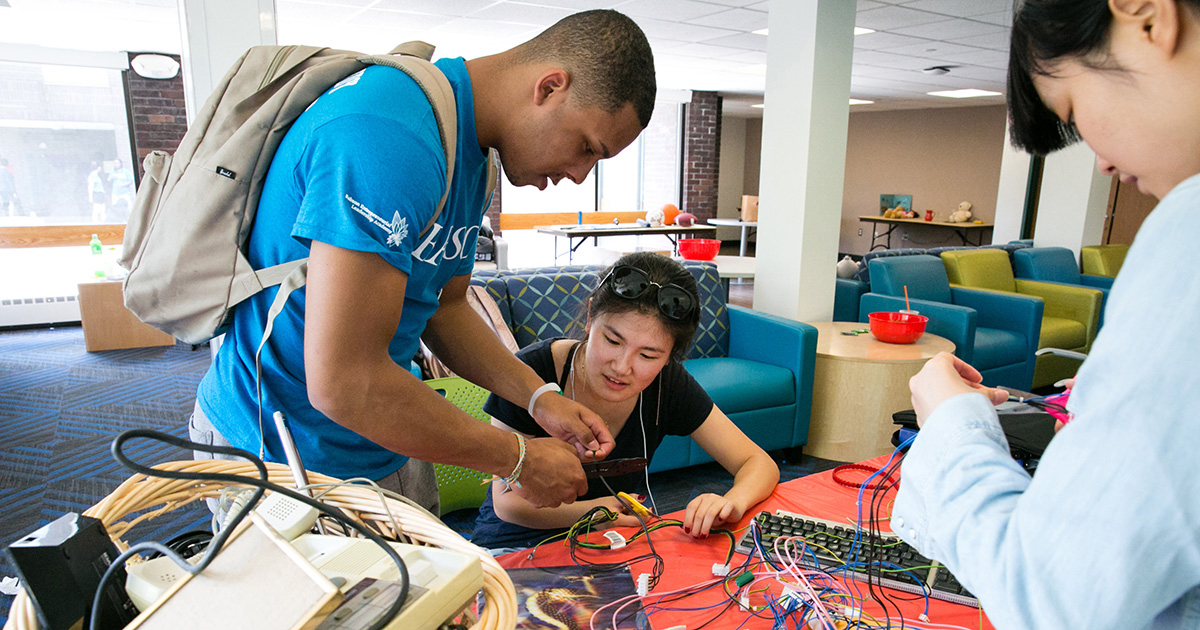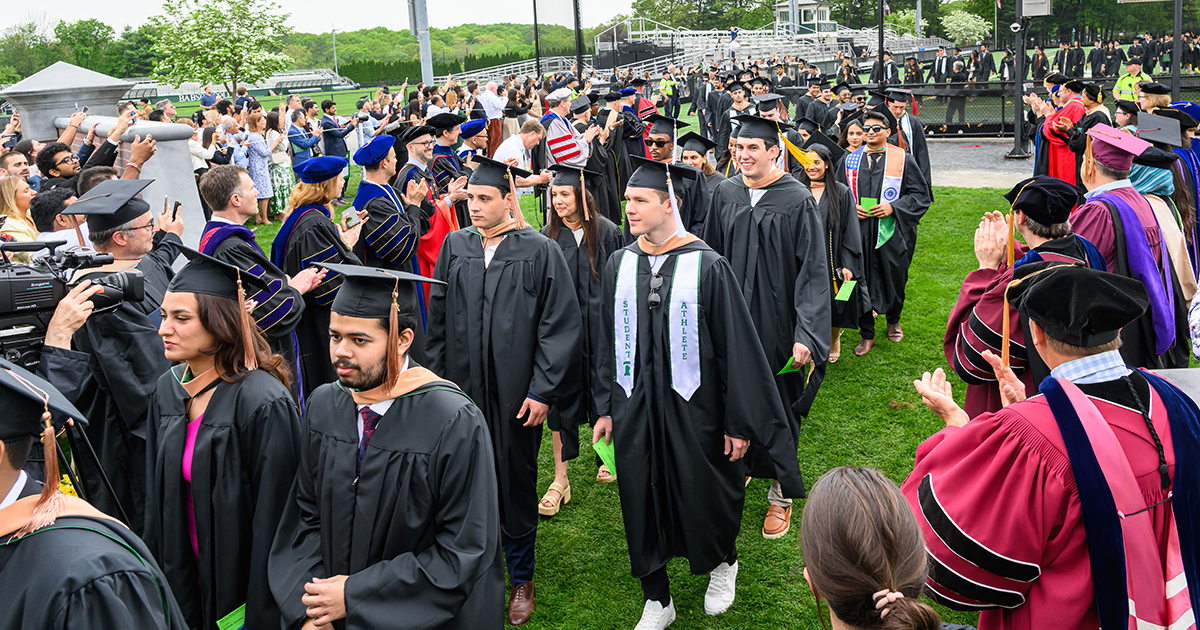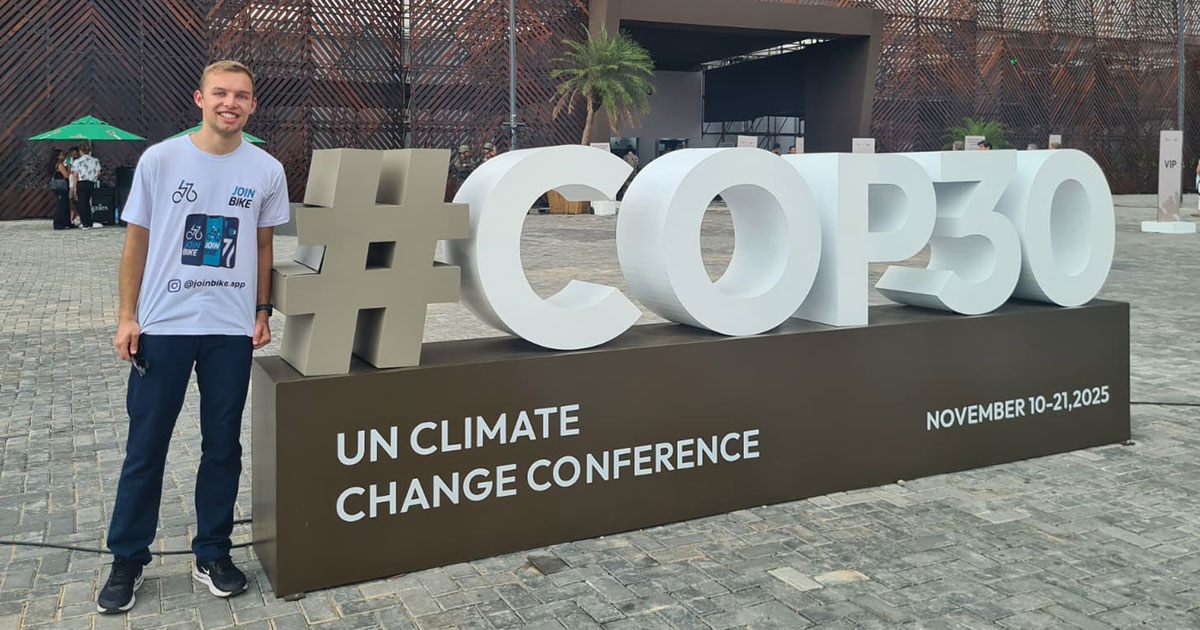How Does Experiential Learning Help Entrepreneurial Leaders?

Research and student interactions at Babson College continually demonstrate that entrepreneurial leaders are cognitively ambidextrous. That is, entrepreneurial leaders use both a creation approach (action learning) and a prediction approach (data analysis and modeling) to shape opportunities.
We have found that experiential learning, and the active engagement of the student in the learning experience, is the most effective method for enabling students to develop the cognitive ambidexterity characteristic of an entrepreneurial leader. Here are some highlights from my experiences with experiential learning in Babson’s undergraduate course Product Design and Development in Interdisciplinary Teams.
There are two major dimensions to consider in building experiential learning in innovation:
- Build the right team. Many modern technologies require participants with different multidisciplinary competencies. In addition to skill diversity, trust and psychological safety are essential if team members are to embrace open experimentation, including the possibility of failure.
- Type, scope, and context are important. The innovation project should stretch the team to explore unconsidered possibilities, but at the same time it should not represent an impossible goal. In line with an appropriate choice of project scope, the project context should support the project and the team but not remove all constraints—which are sometimes the source of innovative ideas.
Both of these aspects, interdisciplinary teams and semester-long projects as the main learning vehicle, are central characteristics of our course.
The interdisciplinary nature of this undergraduate course is the result of combining students and faculty across three different disciplines and three separate schools: business (Babson College), engineering (Franklin W. Olin College of Engineering), and industrial design (Rhode Island School of Design). Working in interdisciplinary teams, students experience the process of product development, from opportunity recognition to prototype construction to economic and environmental analyses of the proposed solution.
With action and experience as major learning modes of the course, teams work on semester-long projects, which in turn allows them to learn about users and markets, create novel ideas, and develop and refine prototypes. The course unfolds as the faculty introduce tools and methods in brief lectures, in-class exercises and discussions, and studio-style work. Throughout the course, testing, experimentation, and learning from failure are experienced as key pieces of the product development cycle. Using $500 maximum seed money, past student project teams have developed a range of innovative products, including new public water fountains, intelligent energy-saving power extension cords, innovative travel luggage, and solutions to prevent road accidents involving pedestrians and automobiles.
Making Innovation a Team Sport
One of the ways we highlight a creation orientation to innovation is by teaching students to work within the team and with other stakeholders. The complexity of today’s unknowable problems requires a multidisciplinary perspective. The impact on learning from working in multidisciplinary teams can be significant. At the same time, collaboration across disciplines can be difficult, as each participant has developed his or her own language, values, and incentives. The socialization of professional occupations is remarkably strong, even for students in institutions of higher learning. Having students from different disciplines (such as business, engineering, and industrial design) working together on a project introduces them to the challenges of co-creating with stakeholders who have differing perspectives. The type of team composition is similar to real-world innovation teams that students will experience when they graduate.
One of the interesting ways in which students experience the dynamics of collaboration when using a creation approach arises from how the teams assign tasks to different individuals. Some teams decide early on that team members will work on problems best suited to their skill sets. Other teams chose the opposite approach, where team members volunteer for tasks to develop a new skill. In the latter cases, students tend to teach and share their specialized knowledge, and overall these teams approach their projects more holistically. Although our data set is small, it appears that the latter approach leads to better project outcomes and higher levels of satisfaction among the team members. Students from teams in which peer-to-peer teaching was largely absent tended to voice disappointment in debriefing sessions about the unwillingness of some of their teammates to share their knowledge.
Such interdisciplinary teams enable students to learn about a number of elements of collaborative creation:
- One team; Many styles. Students discover different approaches to selecting team members when engaging a creation orientation to innovation. Rather than selecting team members for specific roles, members are chosen based on their knowledge and skill set. If smart choices are made, roles will emerge out of these skill sets. By not committing individuals to particular roles, there is greater knowledge cross-pollination, which supports a creation approach.
- Co-creators, not competitors. Students come to understand the importance of treating all individuals as co-creators rather than as competitors. This is consistent with a creation orientation in innovation. Through this collaborative approach to creation, entrepreneurial leaders are able to more widely leverage others’ knowledge and skills to guide action.
Laying a Foundation
Encouraging collaborative creation and mutual teaching within teams is one of the major elements we are developing. We emphasize the importance of trust in building relationships. For example, the very first assignment we introduce is an exercise that has nothing to do with the project directly: Students on the same team are assigned to learn about one another. We have found that this approach not only highlights the importance of interpersonal trust on teams but actually begins to build it. In addition, we have integrated a brief lecture and an associated exercise on team dynamics early in the course. We find it important to provide ongoing coaching to monitor the team’s internal dynamics and to build students’ understanding of partnerships. While this approach is resource intensive, it is worthwhile because it improves participants’ learning of this central element of the creation approach.
With regard to project and team formation, a core theme is that passion helps inform the creation approach, although passion can emerge in different ways. For example, in our first year of teaching this course, we had each student submit 10 ideas to the teaching team and describe his or her best idea to the class in a one-minute presentation. We then used student preferences as the main factor to simultaneously select projects and assign students into teams. We were following the rationale that intrinsic motivation is a key element for effort, creativity, and ultimately high performance. In addition, we wanted students to feel some passion for their innovation so that we could explore the importance of passion to the creation approach.
We found, however, that students’ preferences tended to differ by school. To create multidisciplinary teams, fewer students got their preferred project choice. The constraint of creating multidisciplinary teams superseded our ability to connect each student with his or her voiced preference. The following year we flipped the sequence of problem presentation and team formation; that is, we first created interdisciplinary teams and then had students identify and develop opportunities. Most teams developed substantial passion for their own project. With this method we were able to demonstrate how one student’s passion, like most positive emotions, is contagious and can get others more engaged with a project. In addition, we can demonstrate to students how different levels of passion can affect the action taken. As such we too have learned from our action.
Developing Cognitive Ambidexterity
For the semester project, students take on three sets of innovation activities—recognizing an opportunity, creating alternative options, and selecting and refining options—and practice prediction and creation logic throughout, thus developing their cognitive ambidexterity.
Recognizing an Opportunity
For example, in introducing the activities associated with recognizing an opportunity, we both enable students to learn from action and instruct them in the tools and the techniques they need to successfully navigate the product design and development process. Faculty might introduce user-oriented techniques such as ethnography, and the teams then redefine their paths based on what they find during their ethnographic user research. Through the application of both creation and prediction logic, a team takes action, planning and generating its next steps.
For instance, one team followed this process as they focused on water fountain construction. Through discussions with consumers on how they approach alternative drinking water sources such as bottled water, as well as observational research, including video analysis, this team developed insights regarding water fountains. A substantial portion of their learning came through extensive interactions with key stakeholders. These stakeholders co-created the team’s definition of the opportunity. As the team developed its deep understanding of how individuals used water fountains, they recognized the opportunities for improvements relative to existing water fountains, in terms of both functionality and appearance.
Creating Alternative Options
Creation logic orientation also occurs as participants create alternative options. In connecting creation logic to activities associated with generating options, we discuss extensively the importance of experimentation and learning from your actions. While we highlight that learning from failure is part of this, we find that true understanding comes only from experience.
For example, a team that focused on preventing road accidents involving pedestrians and automobiles were initially exploring ways to prevent pedestrians from stepping into traffic by installing barriers. Following creation logic, this team met with pedestrians, drivers, city planners, and police to examine the feasibility of their idea. They learned that barriers, even visually attractive ones, are not appropriate for many situations. When the team recognized the problems with their idea, they initially reacted to the experience as a failure. Through discussions and problem re-framing, however, we helped the students understand the importance of experimenting and learning from their action. This learning, even about the problems of their initial idea, led to the subsequent design of a device that did not constrain pedestrians’ movements but rather increased their awareness of potential danger from approaching vehicles.
Selecting and Refining Options
Prototyping is an ideal means of introducing the principles of creation logic in this phase. When prototyping, students often need to consider the range of skills and knowledge within their team and identify prototyping options that are feasible given available skills and resources. This discussion highlights how different options are available based on the combination of individuals on each team.
For example, course participants often need access to workshops to build models and prototypes. Because most university workshops have strict rules limiting the use of the space and the machinery to their own students, and usually only to students who have extra training, different students may have access to different resources. This experience facilitates learning about heterogeneous access to resources, a common challenge for innovation teams. Course participants learn how to assemble the skills available to the team into something larger than the sum of its parts and to enlist key stakeholders to supplement the team’s skills. In this way students learn the function of self- and social awareness—of who I am and whom I know—when employing creation logic.
Students also learn the lesson of how action leads to solutions that could not be predicted in a class discussion. For example, during the process of building a functional water fountain prototype that allowed the team to vary water pressure, the team noticed that they could create a water arc that made refilling water bottles significantly easier. By experimenting and learning from their actions and being open to new possibilities, this team solved the more challenging problem of creating water fountains that can be used to refill water bottles as well as to provide sips of water.
Takeaways for Teachers
Our Product Design and Development course—an experiential approach to teaching how to innovate—is an innovation project in and of itself. Through this experiential course, participants develop their confidence with engaging creation and prediction logic. From the start (recognizing an opportunity) to the end (prototyping) participants learn about the value of taking action that is rooted in an understanding of who you are, whom you know and have access to, and the general context. Participants learn that action gives them access to new data and new stakeholders and that this information enables further refinement of actions to arrive at an innovative opportunity.
With its focus on developing entrepreneurial leaders’ cognitive ambidexterity, this course is itself a prototype that we continue to experiment with to find better solutions to various challenges. It has established itself as a successful, interdisciplinary method of developing entrepreneurial leaders’ cognitive ambidexterity.
Through employing both creation and prediction approaches, entrepreneurial leaders have a greater ability to successfully lead the innovation activities that their organizations need to survive. Creation logic and prediction logic are intertwined approaches that shape opportunity through action that generates data, predictive analysis of the data, and further action.
Faculty should rely on experiential learning to give students the opportunity to engage with cognitive ambidexterity in the context of innovation. Through these types of exercises, they develop their own cognitively ambidextrous approach.
Posted in Insights





